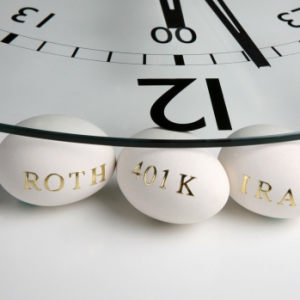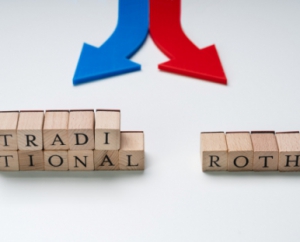In my experience, Roth IRAs and Roth 401ks are vastly underutilized, even though they make great financial sense and are a great fit for many a healthy investment portfolio. Most people use the traditional IRA/401k — or whatever was assigned to them when they started working. Not enough people pay attention to their benefits, what they have access to with their employer, or even what they can do on their own to prepare for retirement. So, I’d like to spread the word about Roth IRAs: why they are great investment vehicles and can be useful not just for retirement, but for other purposes as well.
Many folks don’t realize that, unlike traditional IRAs, Roth IRAs can offer tax benefits, access to funds, and are easy to use. They also have retirement income benefits that are extremely attractive. For example, funds can be used to help purchase a home, save for retirement, start a business, and create security for your children. They allow you to receive tax-free investment returns while retaining access to your funds — if (and when) you need them.
How to start and save in a Roth IRA
Saving in a Roth IRA is easy! Currently, if your taxable income is below $139,000 (or if married filing jointly, $206,000) you can contribute to a Roth IRA. Once you have it opened, you are going to make after-tax contributions. This means you don’t get any tax deductions for contributing to it. Stay with me here; that’s a good thing. You are paying taxes now, so that all the growth and dividends from your investments (stocks, bonds, mutual funds, and so on) can be taken out tax free in retirement. This is a great benefit. For 2020, someone can contribute the lesser of $6,000 or 100% of their earned income. ($7,000, if the person is over 50.)
Why after-tax contributions can be a good thing
Many investors are familiar with before-tax contributions, such as in a traditional IRA, and see after-tax as less appealing. However, this is one of the primary benefits of a Roth IRA! It enables your investments to grow tax-free, so long as a few conditions are met. You must have had a Roth IRA in existence for at least 5 years. Second, for a tax-free and penalty-free distribution of gains, you must be either 59.5 years old, disabled, or deceased. You can use up to $10,000 for a first-time home purchase as well.
Roth IRAs may offer more flexible access to funds
There are ways to gain access to your Roth IRA contributions over the years. For example, if you put $5,000 into a Roth IRA, invested it and the value grew to $10,000 — you can still withdraw your initial investment of $5,000 at any time without paying income taxes or penalties. Generally, Roth IRAs allow you to withdraw your contributions first before having to remove the gains. This is a very attractive feature, and you can’t do this in a traditional IRA or 401k. Typically, taking money out of those types of accounts will generate income taxes owed as well as penalties of 10%, if the withdrawal takes place before age 59.5. This feature alone gives investors more flexibility, liquidity, and more flexible access to their own money in an emergency. In other words, a Roth IRA can double as an emergency fund or even a college savings fund for your kids.
It’s not too late to start your own Roth IRA
With the great number of tax benefits, retirement savings opportunities, college savings opportunities, and liquidity options, you may be thinking of starting your own. The good news is, as of now, you can still set one up for 2019 (last year) up until April 15th, 2020.
Content in this material is for general information only and not intended to provide specific investment, tax, or legal advice for any individual. Consult a qualified advisor prior to making any decision. Future tax laws can change at any time and may impact the benefits of Roth IRAs. Their tax treatment may change.
February 2020


